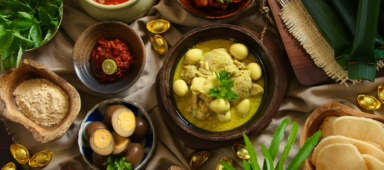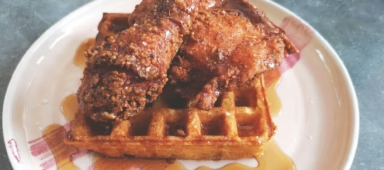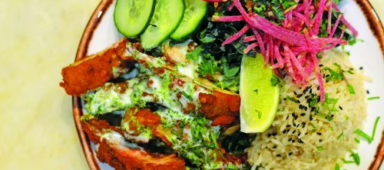The Australian state of Victorias delectable secret is a sprawling playground for foodies
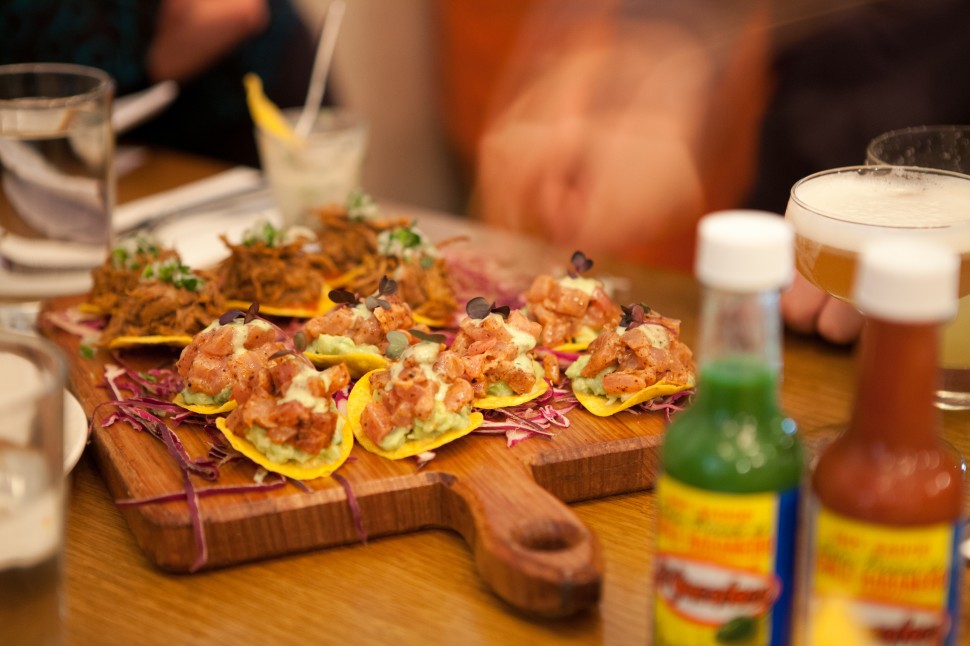
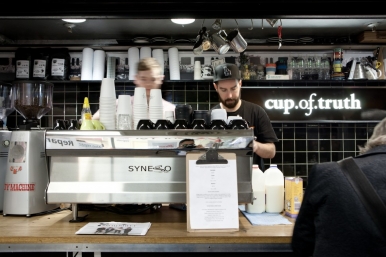
The two baristas pull perfect shots of espresso with clockwork confidence, labouring elbow to elbow behind their counter. Within minutes, both men have served nearly a dozen hot cups of takeaway coffee to Melbourne’s late-morning commuters.
In a city with hundreds of hyper-caffeinated hangouts, this one, called Cup of Truth (cupoftruth.com.au), might initially seem too frills-free to stand out. It’s a hole in the wall nestled in an underground train station, barren of tables and chairs for customers, cocooned amid the drab corridors of a sunless subway and enlivened only by a nearby busker with a penchant for 1970s-era David Bowie.
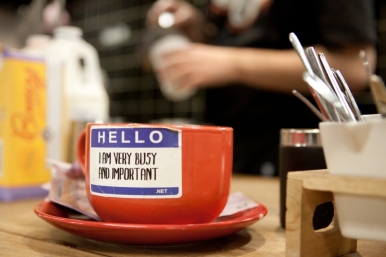
But there are robust reasons why Cup of Truth enjoys an enviable demand for no fewer than 400 servings of coffee per day. One of its founders, Courtney Patterson, is an award-winning barista who’s been featured prominently in public transport commercials. Cup of Truth’s house-blended beverages, which include seasonal roasts comprising El Salvadorian single-origin beans, boast heady aromas that herald sip-worthy experiences. Plus, there’s a certain charm to paying for one’s coffee by simply slipping a five-dollar bill into a large countertop cup in front of the busy baristas and then scooping out an honest amount of change (which explains the outlet’s name).
A similar sense of understatement reflects Melbourne’s position in the Australian tourism scene. The capital of Australia’s south-eastern Victoria state might feel like a constant bridesmaid to the more glamorous destination of Sydney, but travellers with discerning taste buds shouldn’t mind Melbourne’s lack of an iconic opera house or harbour bridge.
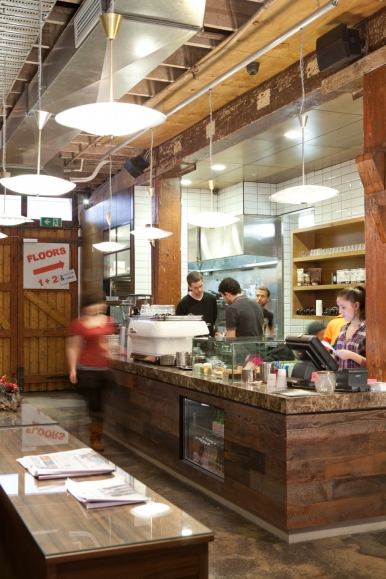
In this city of more than four million people, residents live and breathe what they call ‘café culture’. Even the most obscure laneway might hide a new eatery like Krimper (krimper.com.au), a warehouse-like venue with exposed brick walls and a darkened, industrial-edged décor that betrays the building’s former use as a sawmill decades ago.
Named for a 20th-century Melbourne furniture maker Schulim Krimper whose sideboard forms this cafe’s centrepiece, it is the brainchild of Malaysian-born architect Mun Soon, who has lived in Melbourne for nearly four decades and immersed himself completely in this city’s passion for palate-pleasuring.
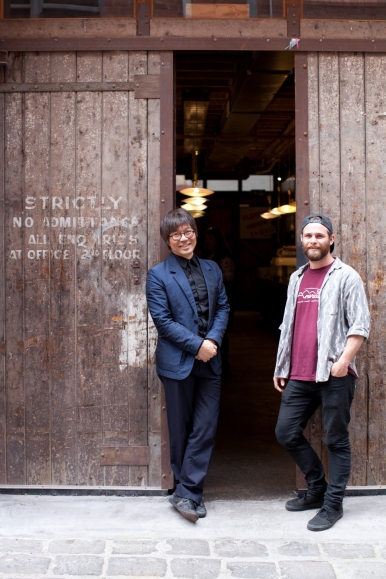
“This is my dream,” Soon says, watching customers dig into brunches of panzanella, pork sliders and polenta fritters while drinking Victoria’s own Proud Mary coffee. “For a long time, I imagined opening a café like this. It took two years just for me to salvage some of the furnishing for this place, including the lighting and even the tables that we constructed out of old elevator doors.”
Many of Melbourne’s cafés carry their own fascinating backstories and concepts. One of the best belongs to STREAT (streat.com.au), a not-for-profit initiative that has provided more than 100 homeless young people with skills to thrive in the food and hospitality industry.
STREAT, which won the Australian government’s 2013 national award for Social Enterprise Innovation, was inspired by a youth training café in Hanoi, Vietnam, where one of its co-founders once worked. It started out unassumingly in 2010 with a food cart that became famous for freshly made tacos in Melbourne’s Federation Square.
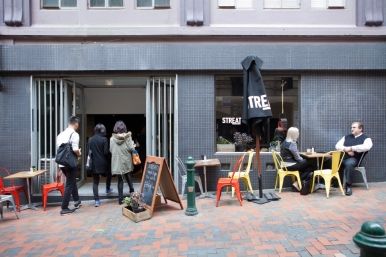
Today, STREAT operates three full-fledged cafés where disadvantaged youngsters between the ages of 16 and 25 learn how to prepare food and serve customers, many of whom might be fans not only of STREAT’s mission but also its inventive menu of soft-shell crab po-boy sandwiches, scrambled tofu with soy-infused shiitake mushrooms and quinoa porridge with stewed kumquats, fennel and mascarpone.
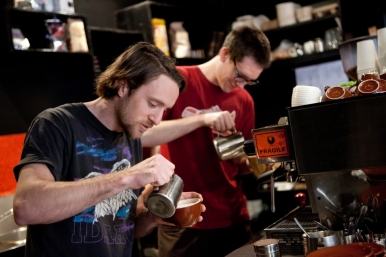
“We’re not trying to turn these kids into the next Paul Bocuse,” says STREAT’s marketing manager, Ian Johnson, referring to the renowned French chef. “It’s more about equipping them with confidence and capabilities for their first entry-level jobs. Many of these youths have had no role models in their lives, but here, they can leave their problems at the door, learn from professionals and have the satisfaction of a full day’s work at a warm, interesting café.”
While some cafés like STREAT close by sunset, the action persists at many of Melbourne’s restaurants long into the night. Come dinnertime, there’s an abundance of buzz surrounding the open kitchens of The Atlantic (theatlantic.com.au), one of the city’s most elegant seafood establishments, which prides itself on an “ocean-to-plate” philosophy of delivering wild, sustainable fish and premium oysters flown in daily from all over Australia.
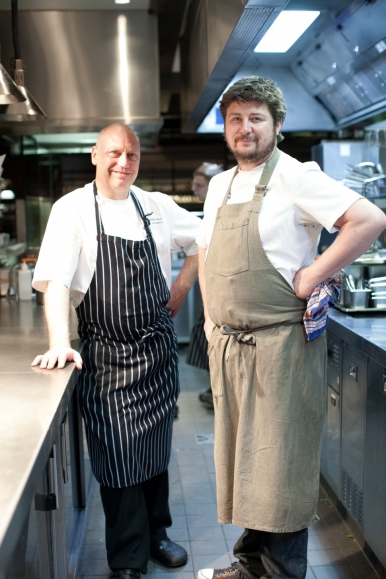
The ocean’s bounty shines at The Atlantic through recipes that respect their delicate ingredients and preserve the purity of their flavours. Recommendations include white-fleshed baby snapper from Port Phillip Bay that’s cooked by wood-fire and served whole on the bone and Portland hapuka wreckfish pan-roasted with chestnuts and Noilly Prat vermouth foam.
“We treat our seafood like a lady—you absolutely can’t mess around with it,” declares Donovan Cooke, The Atlantic’s executive chef since 2010.
Customers seeking a more casual dining experience can chill out at Mamasita (mamasita.com.au), one of Melbourne’s first authentic Mexican restaurants and still its most revered. The staggering popularity of this first-floor eatery is underscored by the long line of patrons who patiently stand on a stairway every evening, sometimes for up to an hour, awaiting a table at Mamasita, which declines to accept reservations for groups of fewer than eight people.
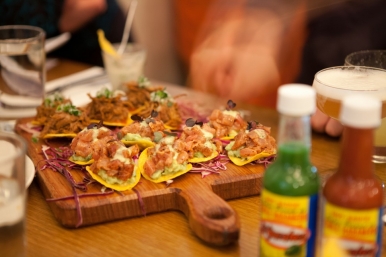
Once inside, expect a boisterous setting where everybody appears to be talking simultaneously at the top of their voices while munching on moreish platters of tacos topped with braised ox tongue, pickled vegetables and spicy Ghost Pepper mayonnaise. Don’t leave without sampling Mamasita’s ceviche, which ranks among the most delicious in the Southern Hemisphere, assembled with raw cobia fish marinated in lime, chilli, mint, green tomatoes and coconut milk for piquant, vibrantly complex nuances.
With a full day of culinary adventures coming to a close, Melbourne’s locals and visitors can wind down at Eau De Vie (eaudevie.com.au), a cocktail lounge that marries theatrical flamboyance with speakeasy-style intimacy in its dimly lit, jazz-inflected setting.
Eau De Vie boasts a menu comprising scores of original cocktails concocted by its bartenders as well as classics reinvigorated with fresh twists, or as the establishment’s co-owner Greg Sanderson puts it, “we give you new ways to drink old drinks”.
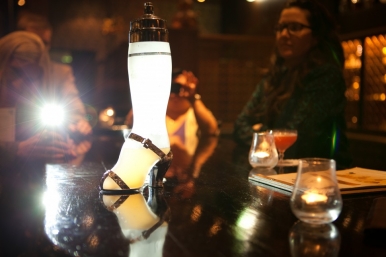
The rousing highlight is the Noble Experiment, in which Eau De Vie’s bartenders don gloves and goggles to ladle up liquid nitrogen used to make ice-cold martinis. But there’ll be thrills galore as well when the bar’s versions of the Cosmopolitan and Moscow Mule surface, the former in cocktail shakers shaped like a woman’s leg (complete with a high-heeled silver shoe) and the latter in vintage-style copper cups that customers can have engraved with their own names to take home.

